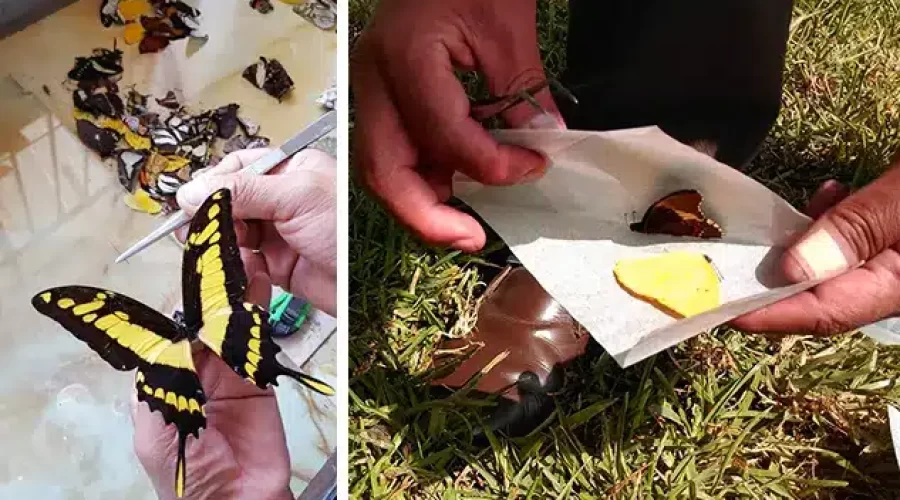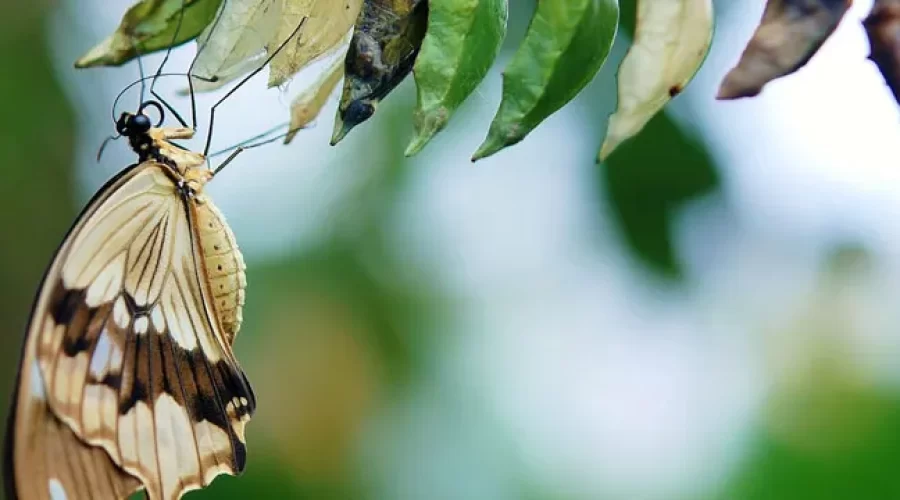This work aims to explain the conditions established by the national authorities of Peru for the export of butterflies as an eco-business that promotes the sustainable use of natural resources.
Peru is a megadiverse country, where the wide variety of species serves as a significant indicator of its natural wealth. However, this diversity is not being adequately harnessed by local populations. Worldwide, there are more than 18,000 species of butterflies, with 7,500 found in Central and South America. In Peru, there are between 3,700 and 4,200 species (within its 84 life zones, out of a total of 107 worldwide), including those that have yet to be described or discovered.
The megadiversity of species in Peru allows communities to work and live by offering various products such as butterfly frames and display with preserved insects

Today, the biodiversity conservation is aimed to guarantee the survival in time of all forms of life of the world, where all the species are independent and necessary for the right functioning of the biological processes. This implies that all the efforts to preserve the biodiversity must be for their own benefit and their survival.
The biodiversity of invertebrates in Peru has not been fully quantified; estimates suggest there may be between 100,000 and 500,000 species. However, from this vast array of species, only a few hundred are subjected to any significant efforts for commercialization. Among these, some species of butterflies are included, but they account for less than 5% of the total registered in Peru that have reached either the domestic or international market.
The territory of Peru where butterflies are found is expansive, with some areas comparable in size to entire European or Asian countries (see comparative chart). This vastness has led authorities to designate these regions as wildlife management areas for the sustainable development of species, which are promoted as eco-businesses by the Peruvian government. In these areas, only adult males are collected because females are not considered aesthetically appealing. Additionally, males tend to fly at lower altitudes, making them easier to collect, while females typically fly higher, primarily near the tops of trees, thus ensuring the survival of the species.
Females usually lay hundreds or thousands of eggs on plants that are protected by the local community to secure the future of this business. The average lifespan of a butterfly is around 30 days, and their collection presents an opportunity to enhance family income and improve quality of life.
It is important to note that none of the butterfly species in Peru are considered endangered, which is why they are not listed on the national protection list or included in Appendices I, II, or III of the CITES Convention.














